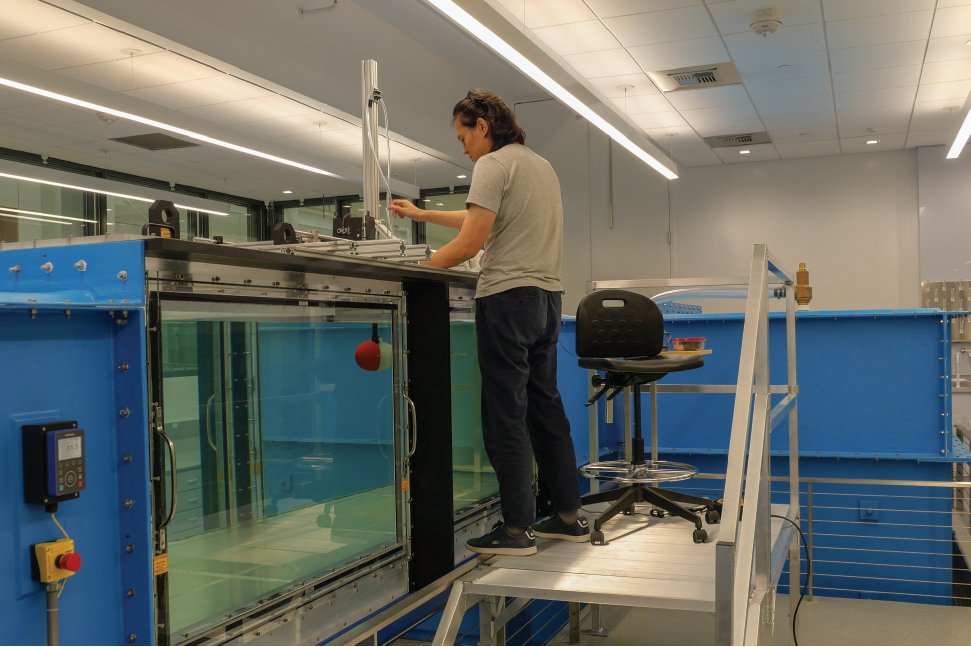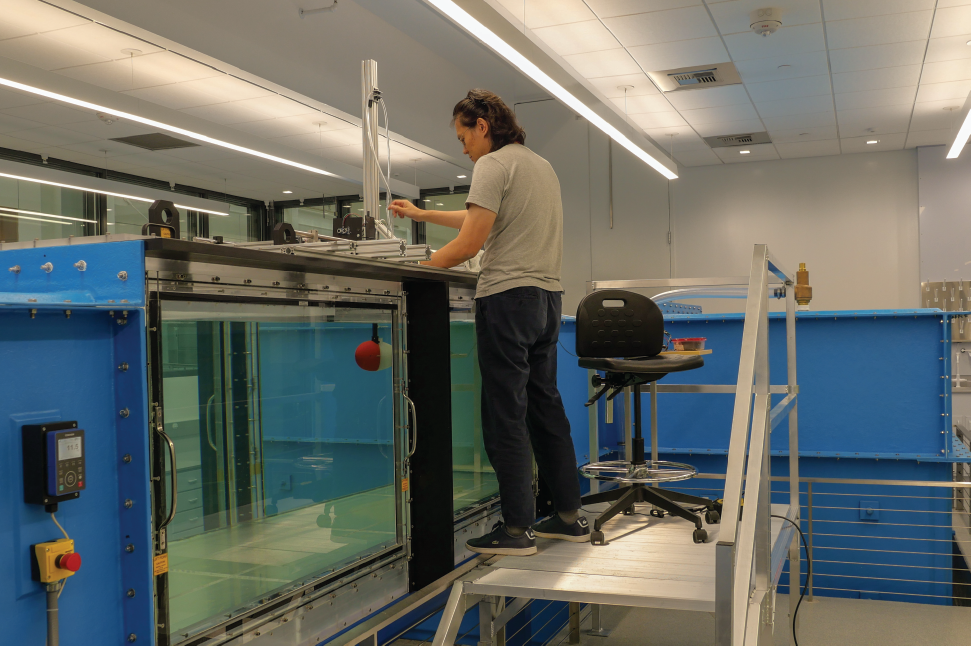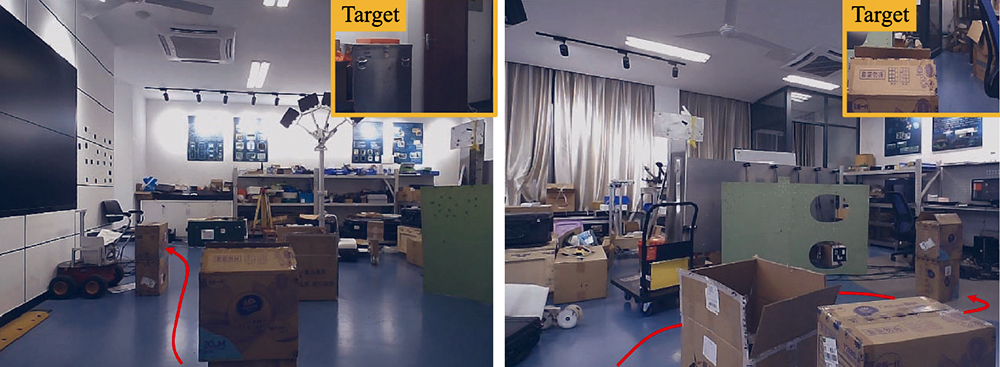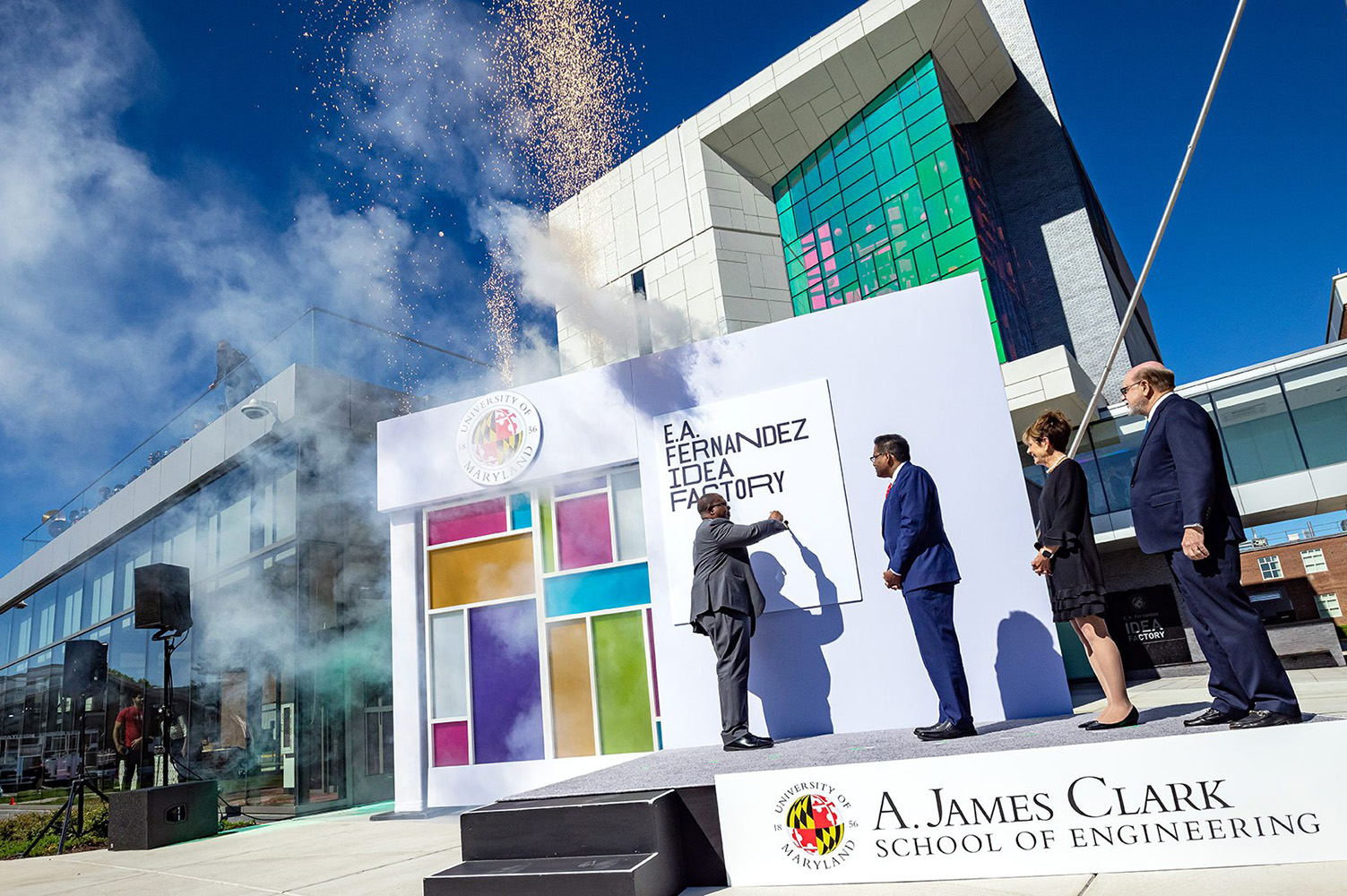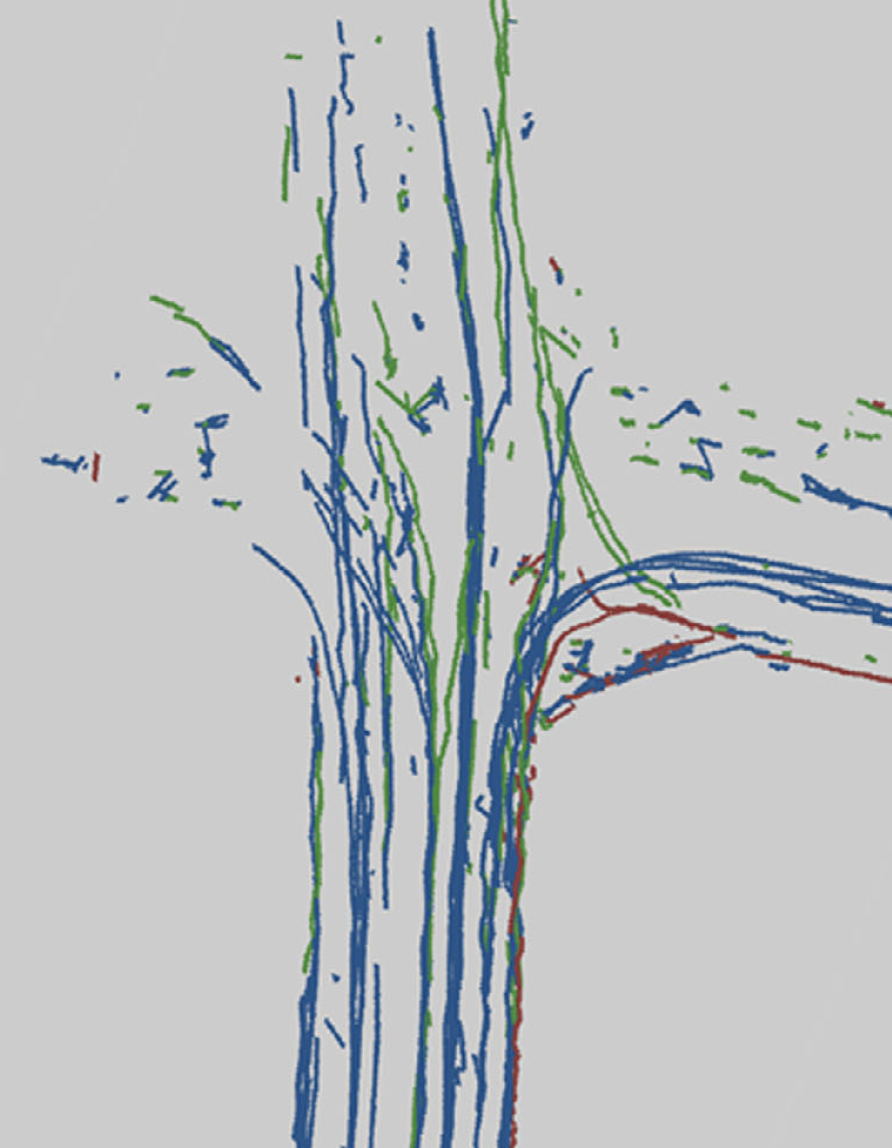News Story
UMD Autonomous Navigation Research Featured in Tech Explore
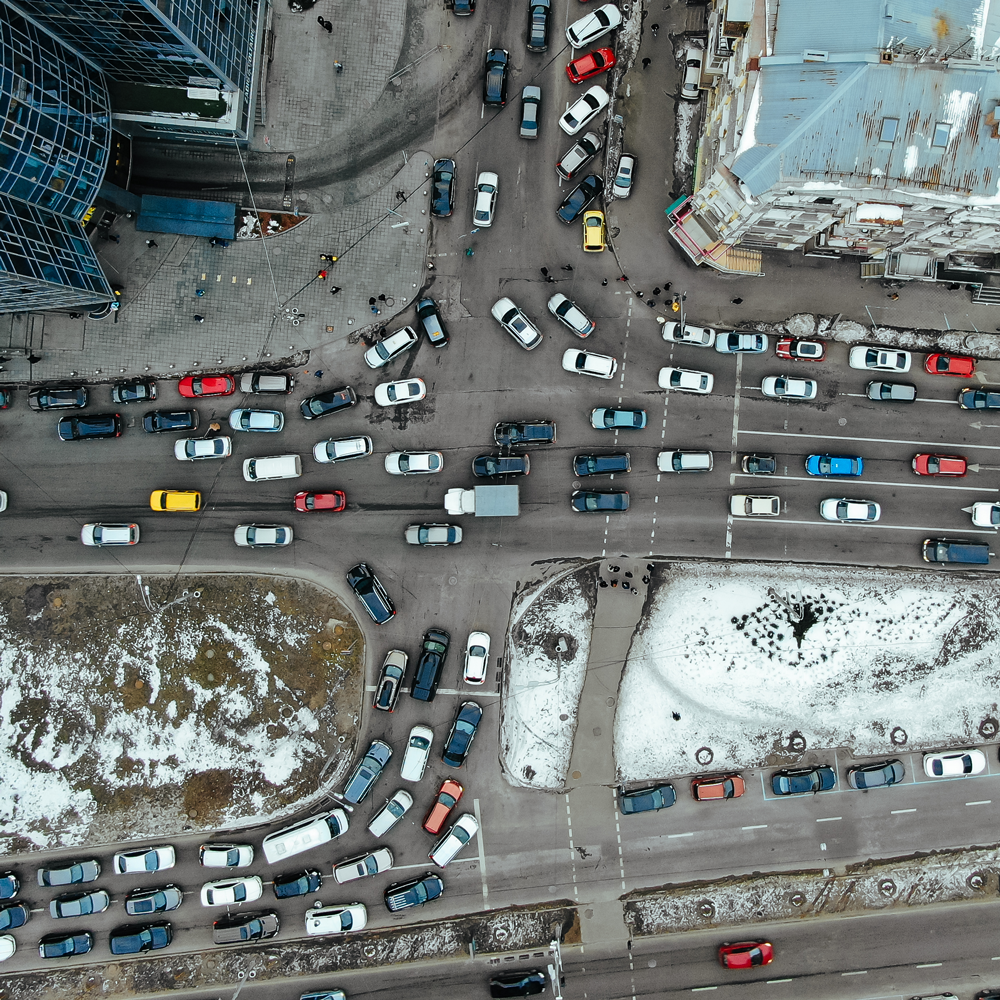
University of Maryland research into using machine learning to predict human driver behavior was featured in Tech Explore. The article, “B-GAP: A simulation method for training autonomous vehicles to navigate complex urban scenes,” highlighted work that was recently published in IEEE Robotics and Automation Letters.
The researchers, headed by Distinguished University Professor Dinesh Manocha (Department of Electrical and Computer Engineering and Department of Computer Science), include computer science Ph.D. students Angelos Mavrogiannis and Rohan Chandra.
The team recently developed a new technique that could improve the effectiveness of current simulators used to train models for self-driving vehicle navigation. Their technique builds previous research focusing on autonomous vehicle navigation and behavior classification.
"While there is currently a lot of interest in autonomous navigation for self-driving cars, current AI methods used for navigation do not take into account the behavior of human drivers or other autonomous vehicles on the road," Manocha told TechXplore. "The goals of our work are to develop robust technologies that can detect and classify the behaviors of other road agents (e.g., vehicles, buses, trucks, bicycles, pedestrians) and use these behaviors to guide the driving trajectories of autonomous vehicles."
Beyond the complexities of autonomous navigation in its own right, are the additional complexities of autonomous navigation in a dense and constantly changing environment such as high-population, urban environments. Furthermore, it is a major challenge to develop safe autonomous driving technologies that can adapt to the driving patterns or behaviors of human drivers.
As part of their work, the team classified human-driver behaviors based on conservative versus aggressive metric, and then using novel computational methods, the team developed a model, dubbed CMetric which analyzes the behaviors of other drivers in dense, mixed traffic scenarios.
With the addition of more vehicles—and more importantly, more drivers with potentially unpredictable behavior—the need for more robust models for the future success of autonomous vehicles in these environments is critical.
Additional information on the team’s work can be found here.
Angelos Mavrogiannis, Rohan Chandra, Dinesh Manocha, "B-GAP: Behavior-Rich Simulation and Navigation for Autonomous Driving", Robotics and Automation Letters IEEE, vol. 7, no. 2, pp. 4718-4725, 2022.
Published April 13, 2022

